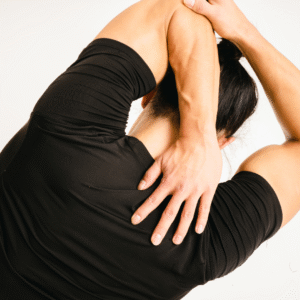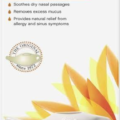
Strengthening & Stretching
Why we need to both strengthen and stretch
To truly support your body through injury recovery or ongoing muscle tension… a balance of both stretching and strengthening is key!
Stretching without strengthening -> can create instability in your structure
Strengthening without stretching -> can lead to tight muscles
While stretching may help to release tight muscles, without strength – either in those muscles or their opposing muscle groups – your body may lack the stability it needs! This can make you more prone to re-injury or keep you stuck in a cycle of chronic tension. Your muscles are more vulnerable without strength and can struggle to stabilise the area.
Now, if your focus is on strengthening and you sometimes leave out the stretches… the shortened tight muscles can then pull your body out of alignment and increase muscle tension! This can increase the risk of pain, restricted mobility, or imbalance.
Stretching works to lengthen shortened muscles. For example, sitting in an office chair or car for long periods of time may shorten and tighten your hip flexors (front groin muscles), which can pull on your pelvis and cause low back pain. It can also shorten and tighten your pecs and front neck muscles, pulling your shoulders forward and causing pain and weakness in your neck and upper back.
Stretching also can improve your body’s range of motion and promote blood flow and relaxation.
Strengthening helps to build stability, support your joint movements, and prevents certain muscles from overworking or compensating. For example, someone with weak glutes can experience hip pain if they do activities that overuse their glutes.
Combining these two types of movement helps retrain the body into pain-free and supported alignment.
Stretch to release what’s tight
Strengthen to support what’s weak
– Michelle





